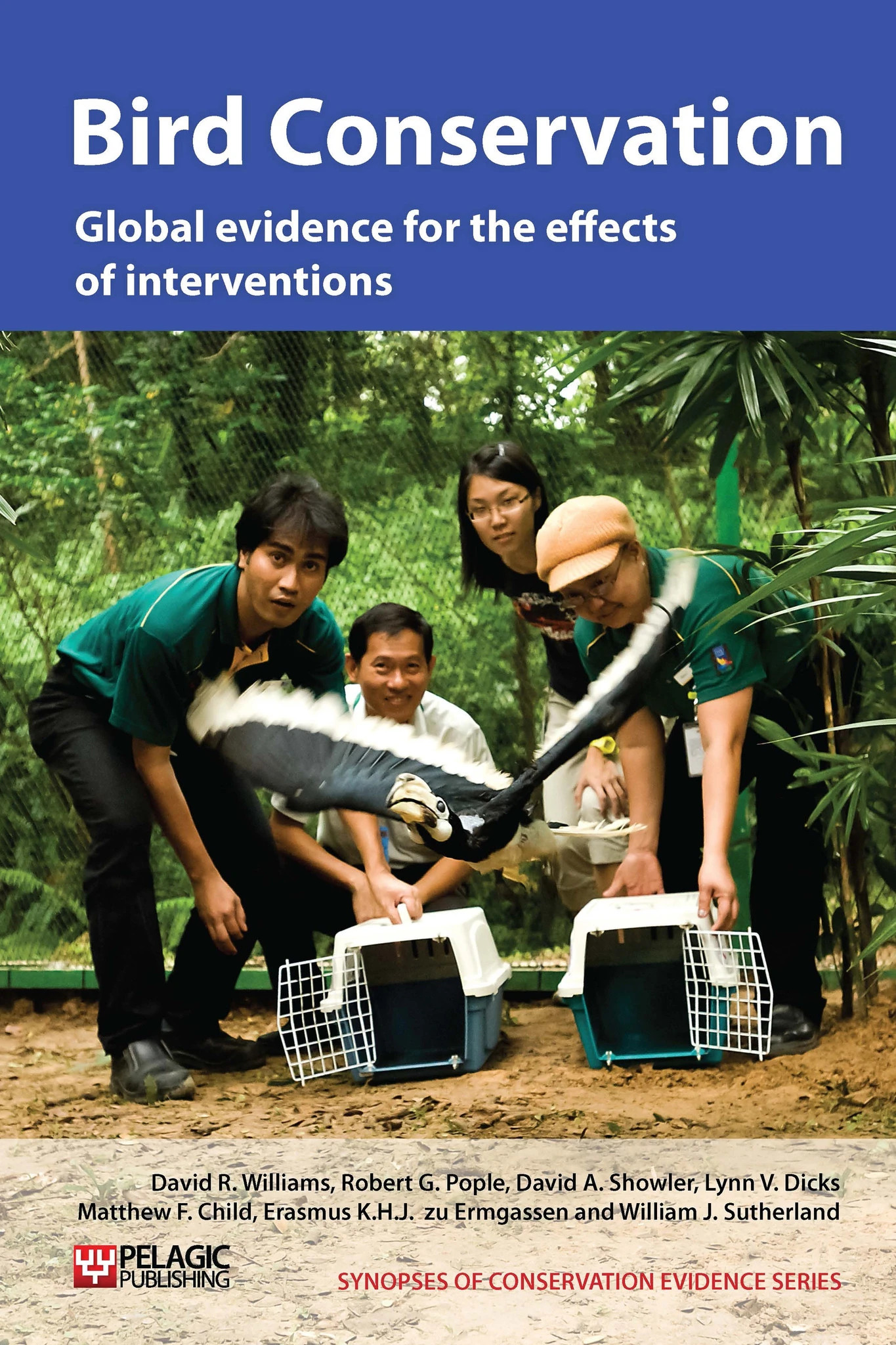Maintain upland heath/moor
-
Overall effectiveness category Unknown effectiveness (limited evidence)
-
Number of studies: 1
View assessment score
Hide assessment score
How is the evidence assessed?
-
Effectiveness
30% -
Certainty
15% -
Harms
0%
Study locations
Supporting evidence from individual studies
A 2009 literature review of agri-environment schemes in England (Natural England 2009) found studies that concluded that Environmentally Sensitive Area management prescriptions were having positive effects on moorland bird populations in Dartmoor Environmentally Sensitive Areas, UK. However, a study warned that localised problems such as overgrazing, burning or scrub encroachment were negatively affecting species such as tree pipit Anthus trivialis, whinchat Saxicola rubetra and ring ouzel Turdus torquatus. This review also examines several other interventions, discussed in the relevant sections.
Study and other actions tested
Where has this evidence come from?
List of journals searched by synopsis
All the journals searched for all synopses
This Action forms part of the Action Synopsis:
Bird Conservation
Bird Conservation - Published 2013
Bird Synopsis





)_2023.JPG)














